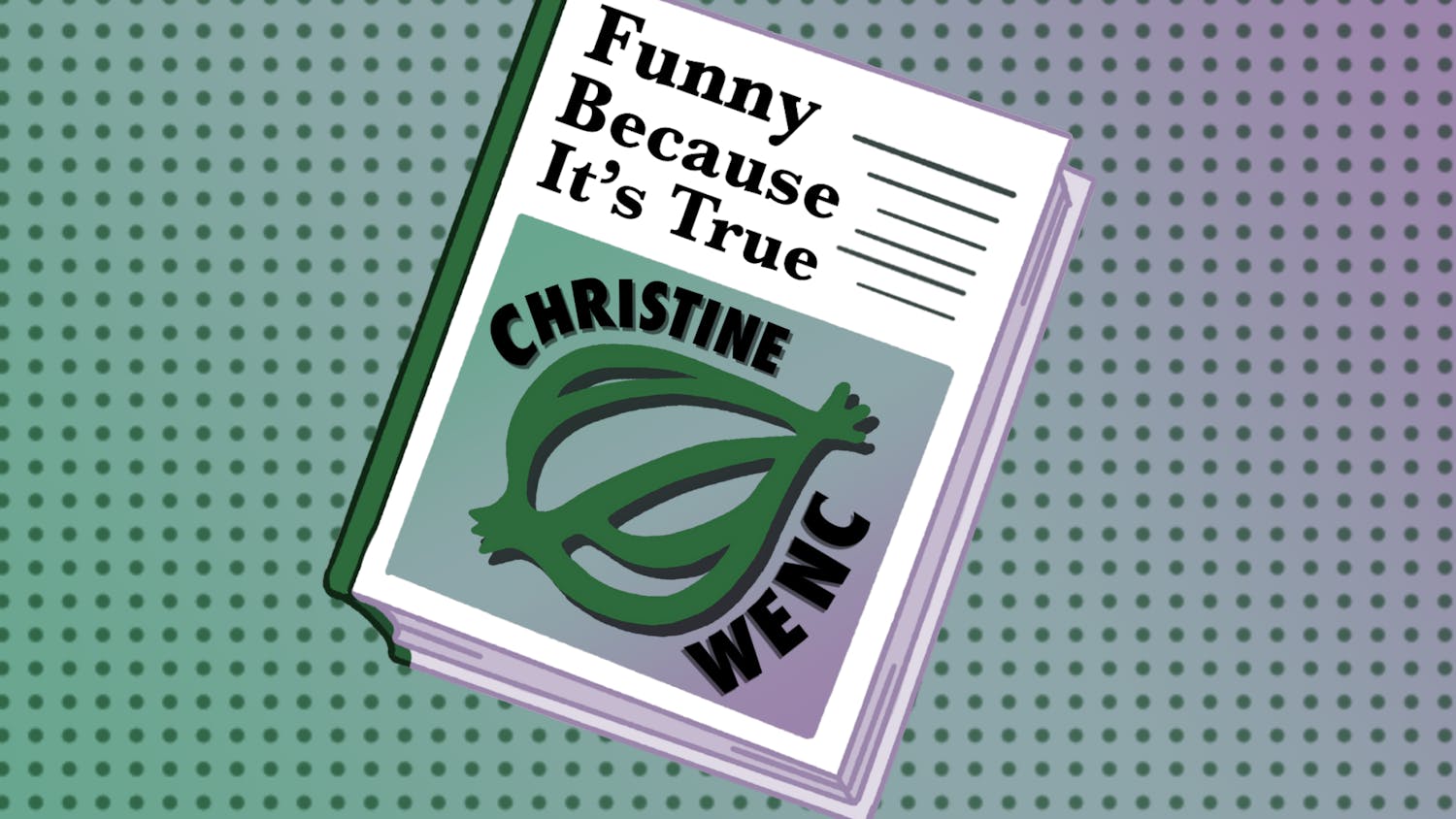Content warning: “The Zone of Interest” contains graphic scenes of the Holocaust during World War II. Reader discretion is advised.
Playing to a packed house at the UW Cinematheque Thursday night, director Jonathan Glazer’s “The Zone of Interest” — about Auschwitz commandant Rudolf Höss and his wife, Hedwig, trying to build a dream life for their family next to the camp — is a harrowing and prescient film because of what is left out of the frame.
The film begins with a black screen accompanied by a faint chorus of screams, preparing the audience for the central caveat of the film: we do not see the victims of the camp suffer, we only barely hear their cries. Instead of focusing on the victims of the Holocaust, we as viewers are asked to connect with the Höss family in order to confront ourselves and how we can become perpetrators of evil when we stand to gain from it.
The only thing we see of Auschwitz itself is the wall separating the garden of the Höss home from the complex and the watchtower looming over the concentration camp, a reminder of the inhumanity happening next door.
By focusing on the domestic life of Höss, we see how evil often presents itself as utterly banal. Rudolf goes about his job while Hedwig tends to the children just as though he worked in an office instead of a concentration camp. We hear screams and gunfire, but we only see the Höss’ children at play reenacting the violent scenes they overhear while wearing Hitler Youth uniforms.
Portraying Höss as a family man instead of a monster conveys how he was not a schemer focused on racial views, but a man who ignored his own evil in hopes of rising the Nazi ranks. By going along with what he has been told to do and chasing after promotions in the bureaucracy of the SS, Höss becomes responsible for history’s most infamous genocide.
The cinematography, emphasizing static shots and placement of the camera away from the actors in the frame, separates viewers from Höss, creating a documentary feeling that emphasizes the sterile nature of his job. The use of hallways as framing devices directing the eye to the action further communicates how genocide becomes routine — for him — by constantly placing us in an austere and cramped environment, showing the rigid bureaucracy with which the Holocaust was conducted.
The camera only moves when Hedwig displays her garden, which also doubles as a way for the camera to pan over the imposing structures of Auschwitz in the background. Even when we are free from cold interiors, the specter of death is always present, never allowing the audience a moment of reprieve from the horror.
Above all, “The Zone of Interest” reminds us of the fact that we as human beings are all capable of committing unspeakable cruelties and that it is our moral responsibility to acknowledge our shared humanity to avoid repeating the past.






